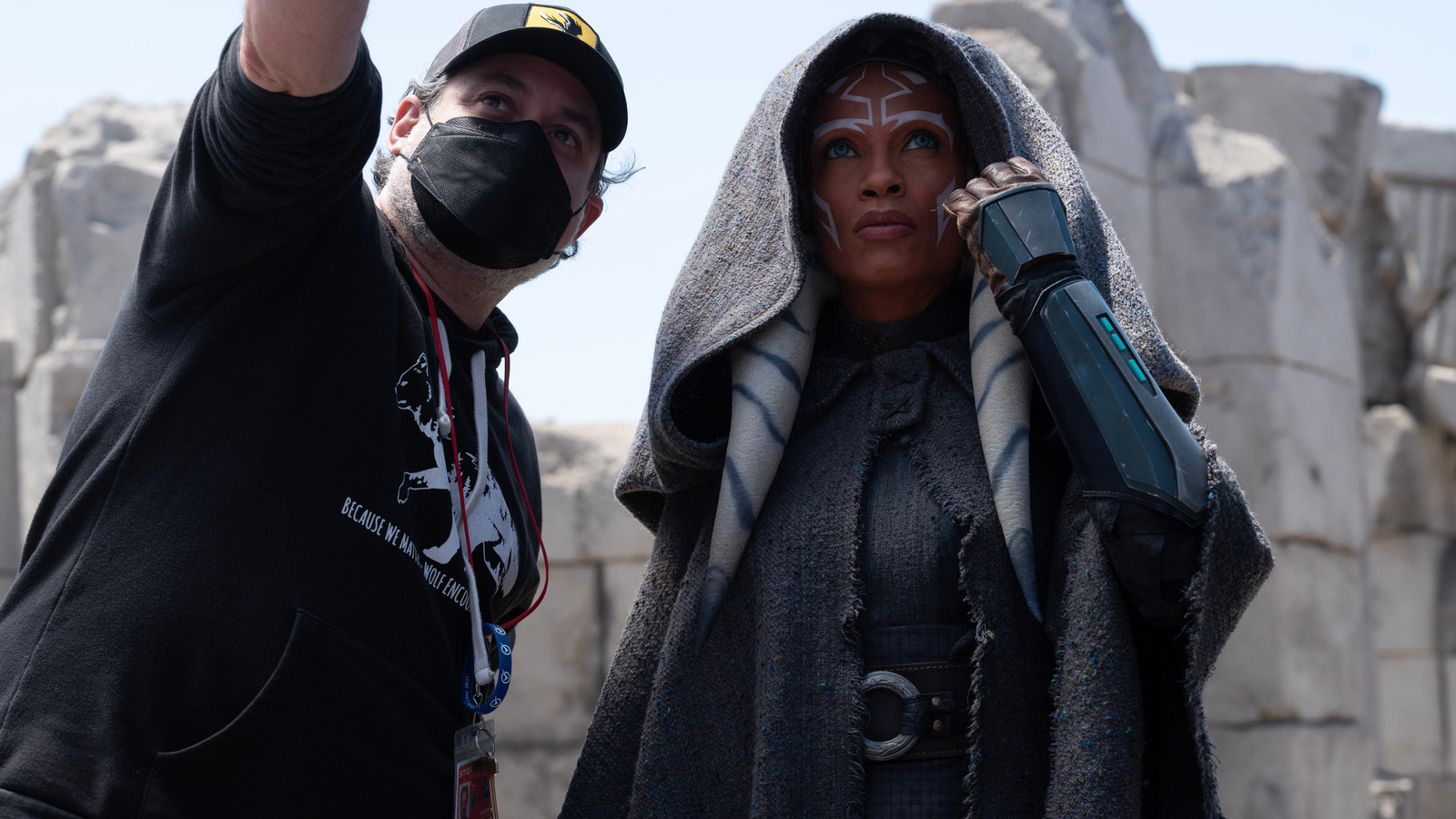
Worst of all, however, is the fact that the powers that be willingly constrained “Ahsoka” to the limits of a live-action series, despite Dave Filoni’s unquestionable expertise in the field of animation. A large part of the success of both “The Clone Wars” and “Rebels” came from the fact that the medium gave his creative team free rein to fully realize the scope and scale of the galactic conflicts of their era, in a way that — dare I say it — rivaled even George Lucas’ mega-budget blockbusters. Not only did fans of the shows get to experience a front-row seat to the Clone Wars like never before, but the freedom of animation provided plenty of leeway for some of the most out-there concepts imaginable, like mind-control worms infecting clones and magical Dathomiri witches spewing green-colored spells and giant monsters attacking planets.
Yet, in “Ahsoka,” the self-imposed limitations of live-action either manifested as bizarrely un-engaging fight sequences and action scenes set against distractingly fake-looking CGI environments (those purposefully fog-heavy visions of Ahsoka and Anakin fighting in the Clone Wars should never have brought to mind a certain AI-generated meme) or the utter lack of important characters like Zeb (voiced by Steve Blum), whose expensive, all-VFX design likely forced him to be written out of the action for eight full episodes.
In the end, I’m not convinced the benefits of shoehorning “Ahsoka” into a live-action series even come close to outweighing all the disadvantages. Yes, it’s increasingly clear that Filoni is driven by the need to officially ‘canonize’ his animated additions to “Star Wars,” but nobody worth taking seriously believes that animation is inherently inferior. “Ahsoka” had all the potential of living up to the high standards set by “Rebels” … if only it were animated.
